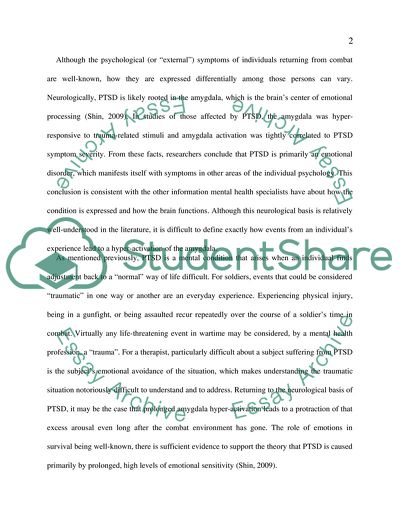Cite this document
(“PTSD: Treatment of Soldiers Returning from The Middle East Term Paper”, n.d.)
PTSD: Treatment of Soldiers Returning from The Middle East Term Paper. Retrieved from https://studentshare.org/nursing/1572285-ptsd-treatment-of-soldiers-returning-from-the-middle-east
PTSD: Treatment of Soldiers Returning from The Middle East Term Paper. Retrieved from https://studentshare.org/nursing/1572285-ptsd-treatment-of-soldiers-returning-from-the-middle-east
(PTSD: Treatment of Soldiers Returning from The Middle East Term Paper)
PTSD: Treatment of Soldiers Returning from The Middle East Term Paper. https://studentshare.org/nursing/1572285-ptsd-treatment-of-soldiers-returning-from-the-middle-east.
PTSD: Treatment of Soldiers Returning from The Middle East Term Paper. https://studentshare.org/nursing/1572285-ptsd-treatment-of-soldiers-returning-from-the-middle-east.
“PTSD: Treatment of Soldiers Returning from The Middle East Term Paper”, n.d. https://studentshare.org/nursing/1572285-ptsd-treatment-of-soldiers-returning-from-the-middle-east.


